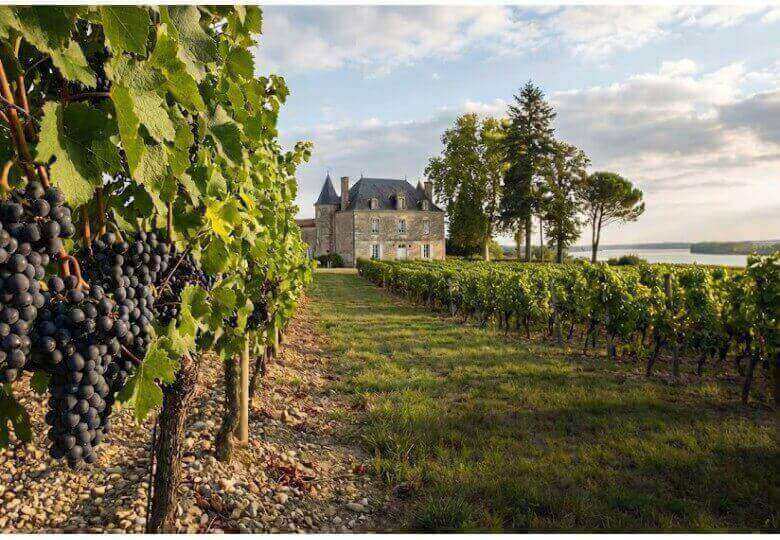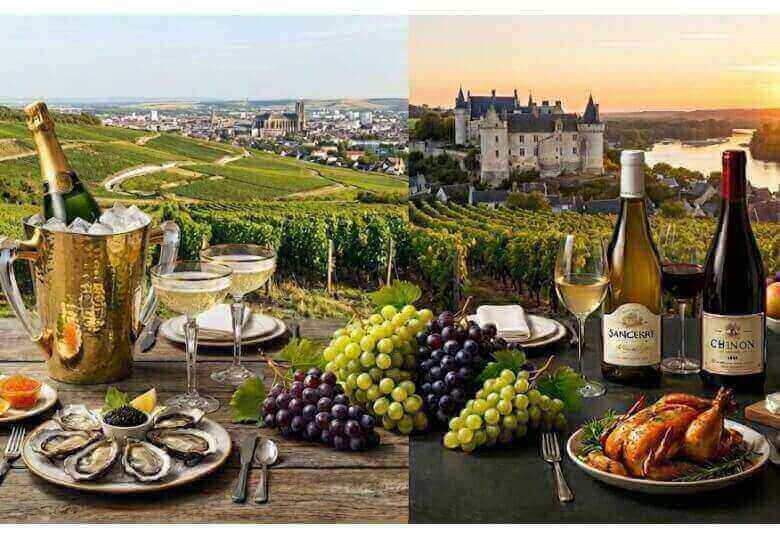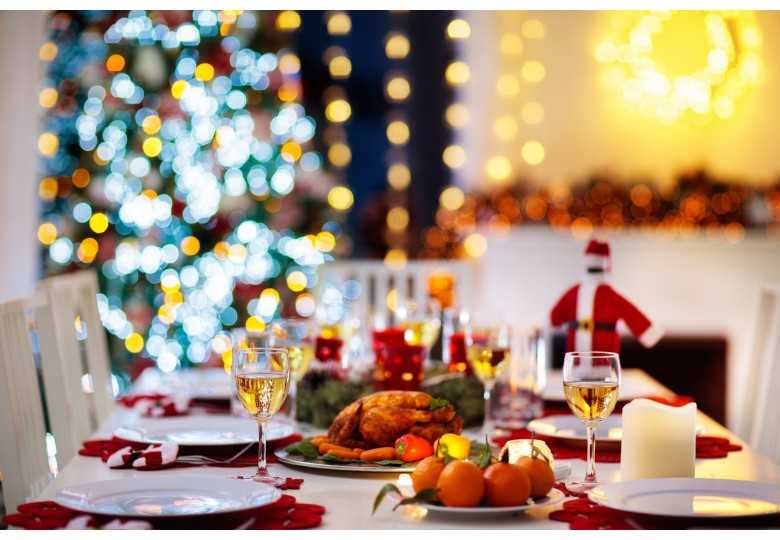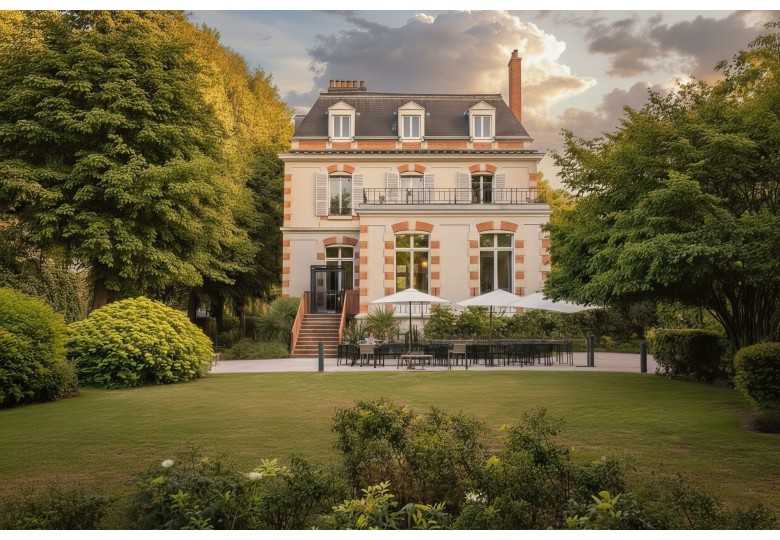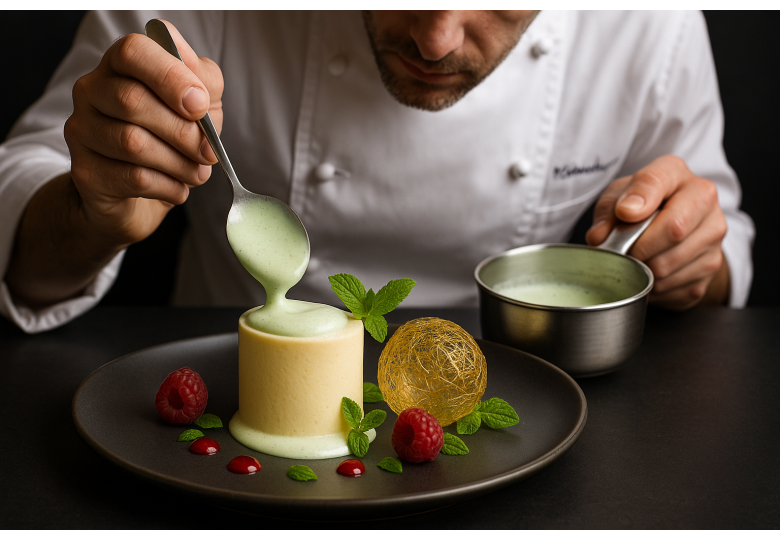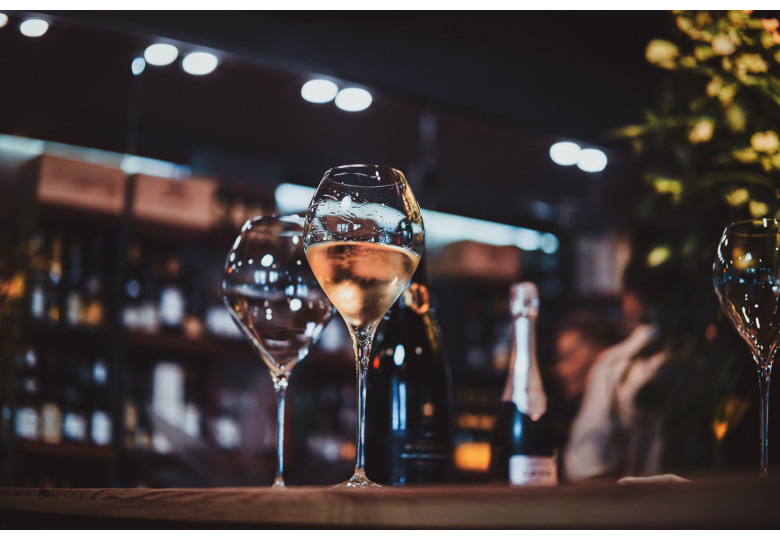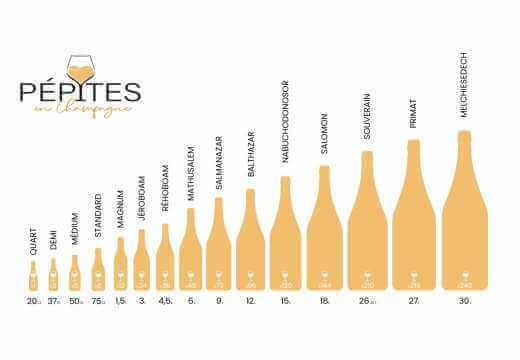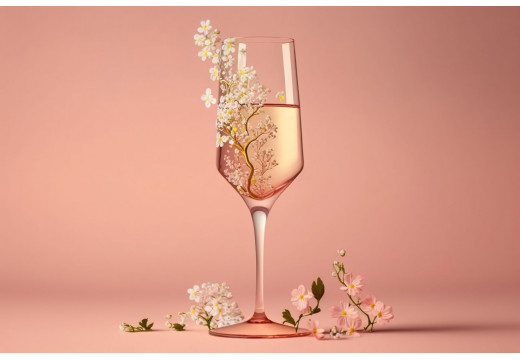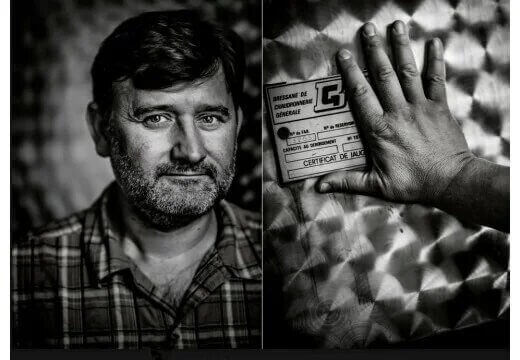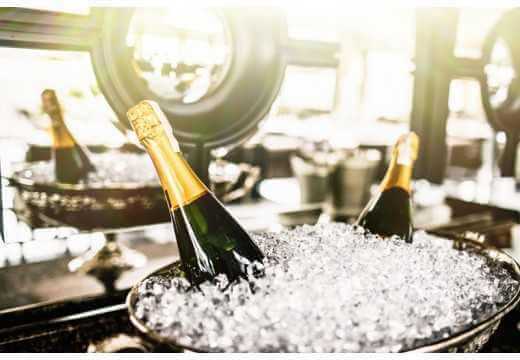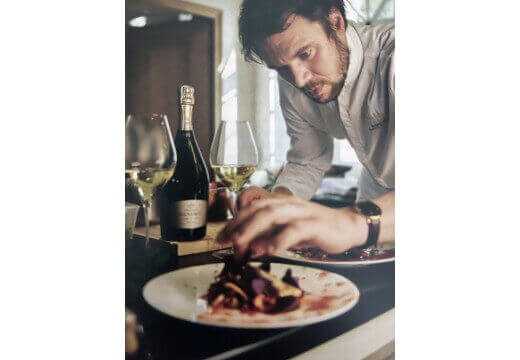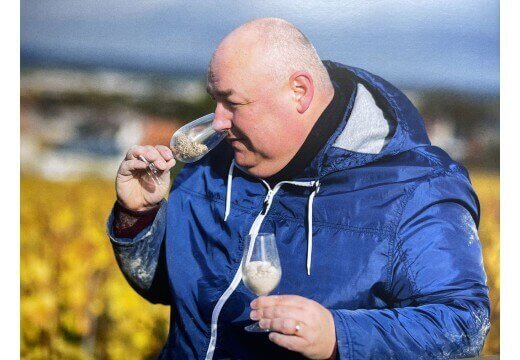Cellar aging is a crucial stage in Champagne production, where time and method contribute significantly to the quality and complexity of the final product.
Impact of aging on lees:
Aromatic development: Prolonged aging on lees greatly influences the bouquet of Champagne, favoring the emergence of secondary and tertiary aromas such as brioche, hazelnut and cream.
Complexity: Dead yeast releases compounds that enrich the wine, adding texture and complexity.
Key steps in the process:
Remuage: Gentle rotation of the bottle to gather sediment towards the neck.
Disgorging: Expulsion of dead yeast, clarifying the wine without altering its intrinsic qualities.
Dosage: Adjustment of the Champagne's sweetness, essential for defining the wine's final style.
Storage and ripening:
Storage conditions: A cool (between 12 and 15°C), dark and stable environment is vital for optimal Champagne aging.
Aging potential: Vintage Champagnes and prestige cuvées benefit from superior aging potential, extending over several decades, developing richer, more complex flavors over time.
This meticulous process underscores the importance of patience and expertise in creating exceptional Champagnes, where every step, from riddling to dosage, plays a decisive role in crafting a memorable and distinctive wine.

